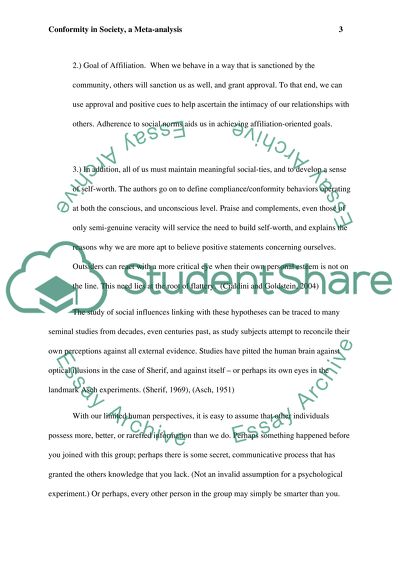Cite this document
(“Conformity in Society, a Meta-analysis Research Paper”, n.d.)
Retrieved from https://studentshare.org/psychology/1428850-conformity-research-programs-in-the-past-decade
Retrieved from https://studentshare.org/psychology/1428850-conformity-research-programs-in-the-past-decade
(Conformity in Society, a Meta-Analysis Research Paper)
https://studentshare.org/psychology/1428850-conformity-research-programs-in-the-past-decade.
https://studentshare.org/psychology/1428850-conformity-research-programs-in-the-past-decade.
“Conformity in Society, a Meta-Analysis Research Paper”, n.d. https://studentshare.org/psychology/1428850-conformity-research-programs-in-the-past-decade.


